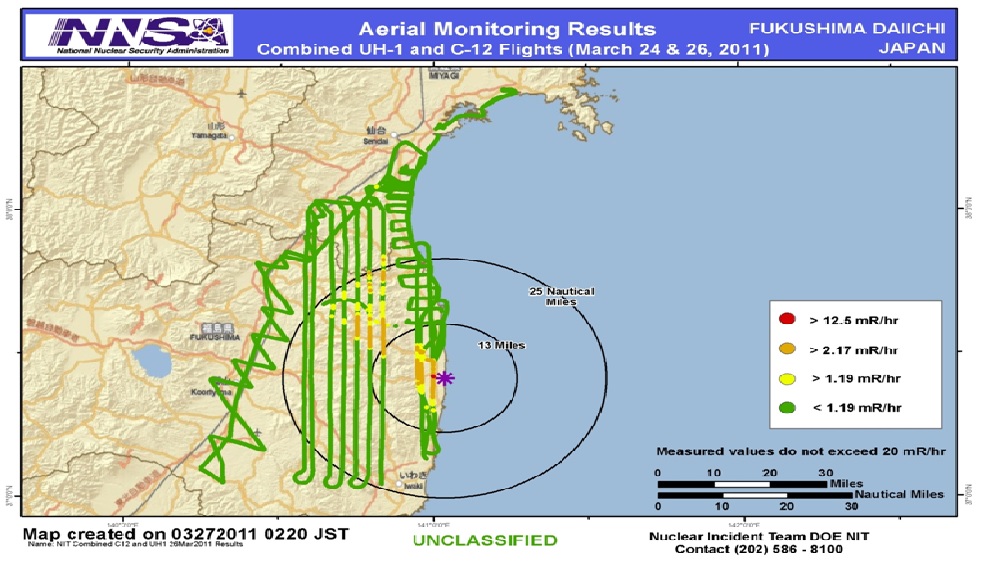Severe Tropical Storm Nangka brought strong winds and heavy rains as it made landfall over western Japan on July 16, 2015. Approximately 360,000 people in nearby towns were advised to evacuate and seek shelter. To make matters worse, the heavy rain from the tropical storm caused a drainage channel at the Fukushima power plant to overflow with radioactive water and spill into the sea.
The Fukushima Daiichi power plant can’t get a break. It was struck by a tsunami in March 2011, which caused three nuclear reactors to melt and unleash hundreds of tons of radioactive material into the ocean. The radioactive water from the drainage channel contributes even more waste to the Pacific Ocean.
